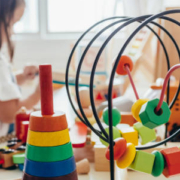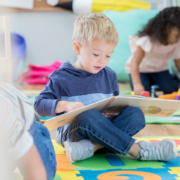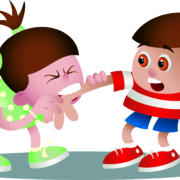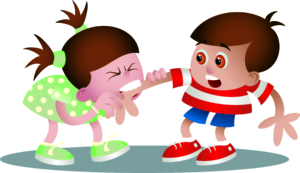Newtown Discovery PreSchool is expanding!
Newtown Discovery Preschool embarks on an exciting journey of expansion. Educators, and little ones alike can look forward to a range of new and improved facilities. The preschool’s commitment to providing a safe, stimulating, and developmentally enriching environment remains unwavering.
Here are five eagerly awaited features that will redefine the Newtown Discovery Preschool experience.
- Revamped Front Desk Operations for Enhanced Security:
- One of the most crucial aspects of the preschool experience is safety. The expansion brings with it a brand new front desk operation, incorporating advanced security measures to ensure the well-being of every child. The enhanced setup not only prioritizes security but also streamlines administrative processes for a smoother and more efficient experience during drop-off and pick-up times.
2 . Waddler-Exclusive Play Area:
- Catering to the unique needs and developmental milestones of our waddlers, the expansion introduces a dedicated play area exclusively designed for this age group. The waddler-only play area is thoughtfully crafted to encourage motor skill development, sensory exploration, and social interaction, providing a safe and enjoyable space for our youngest learners to thrive.
- Specialized Classrooms for Infants, Waddlers, and Toddlers:
- Recognizing the diverse developmental stages of infants, waddlers, and toddlers, Newtown Discovery Preschool is introducing eight new classrooms tailored to meet the specific needs of each age group. These purposefully designed spaces will support age-appropriate activities, fostering a nurturing environment that promotes early learning and development.
- Innovative Playground Addition:
- Play is an integral part of early childhood development, and the expanded Newtown Discovery Preschool will feature an innovative playground addition. This new outdoor space will offer a range of age-appropriate equipment and activities, encouraging physical exercise, imaginative play, and social interaction. The playground will be a hub of fun and learning, reinforcing the importance of play in a child’s holistic development.
- Efficient Parking Lot Design for Seamless Drop-Off and Pick-Up:
- Recognizing the hustle and bustle of drop-off and pick-up times, the expansion includes a redesigned parking lot to enhance efficiency and convenience. The new layout ensures smoother traffic flow, optimized parking spaces, and improved organization, making the daily routine of parents and caregivers more streamlined and stress-free.
Our Expansion is not just about adding physical space; it’s a holistic commitment to creating an environment where every child can thrive and reach their full potential. From heightened security measures to age-specific play areas and innovative classrooms, each element is meticulously designed to contribute to the overall growth and well-being of the preschool community. As the expansion unfolds, parents and children can anticipate a future filled with exciting opportunities for learning, exploration, and joyful moments at Newtown Discovery Preschool.
Our two main locations are in Newtown and Warrington and we support the Doylestown area.











